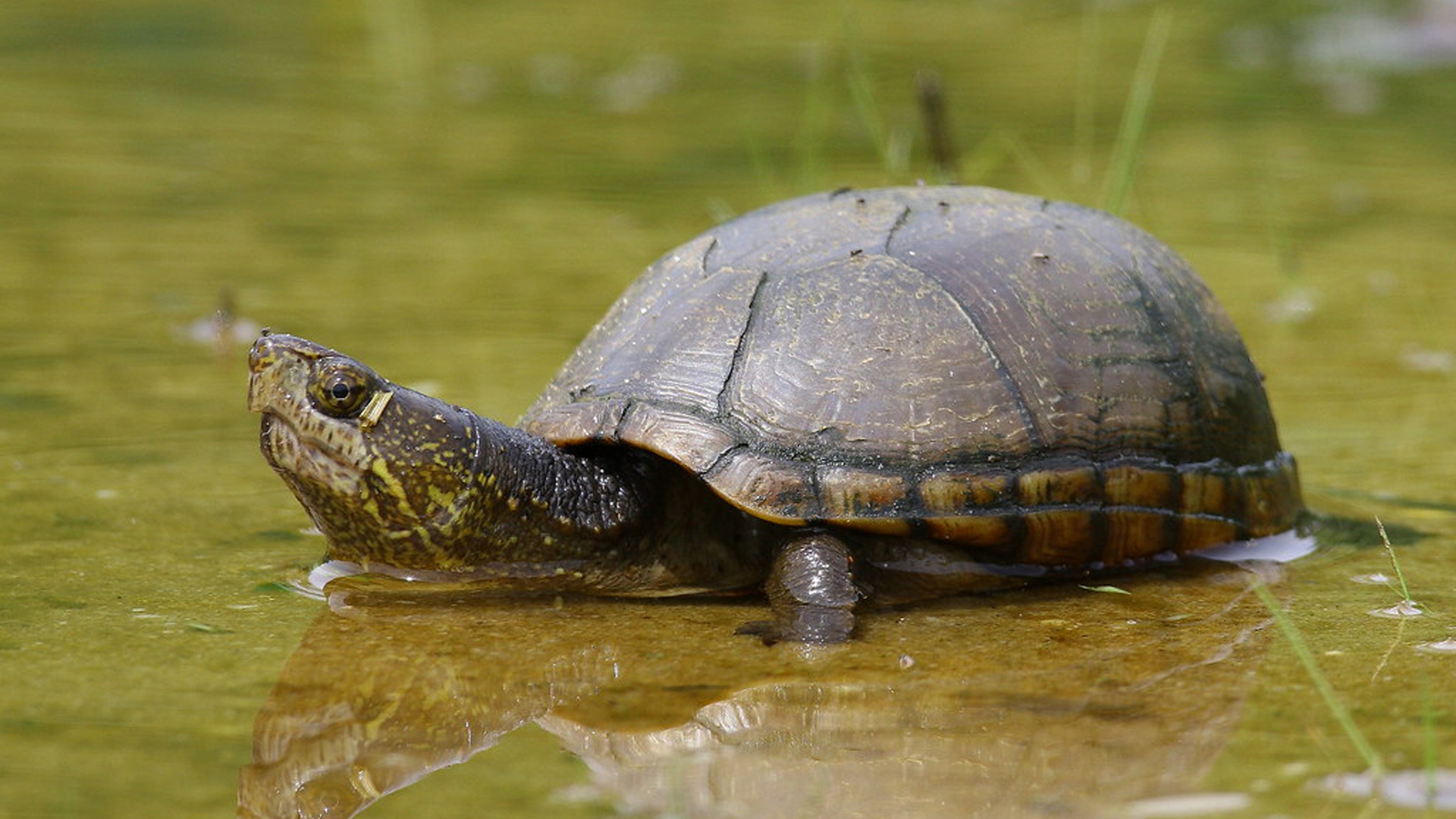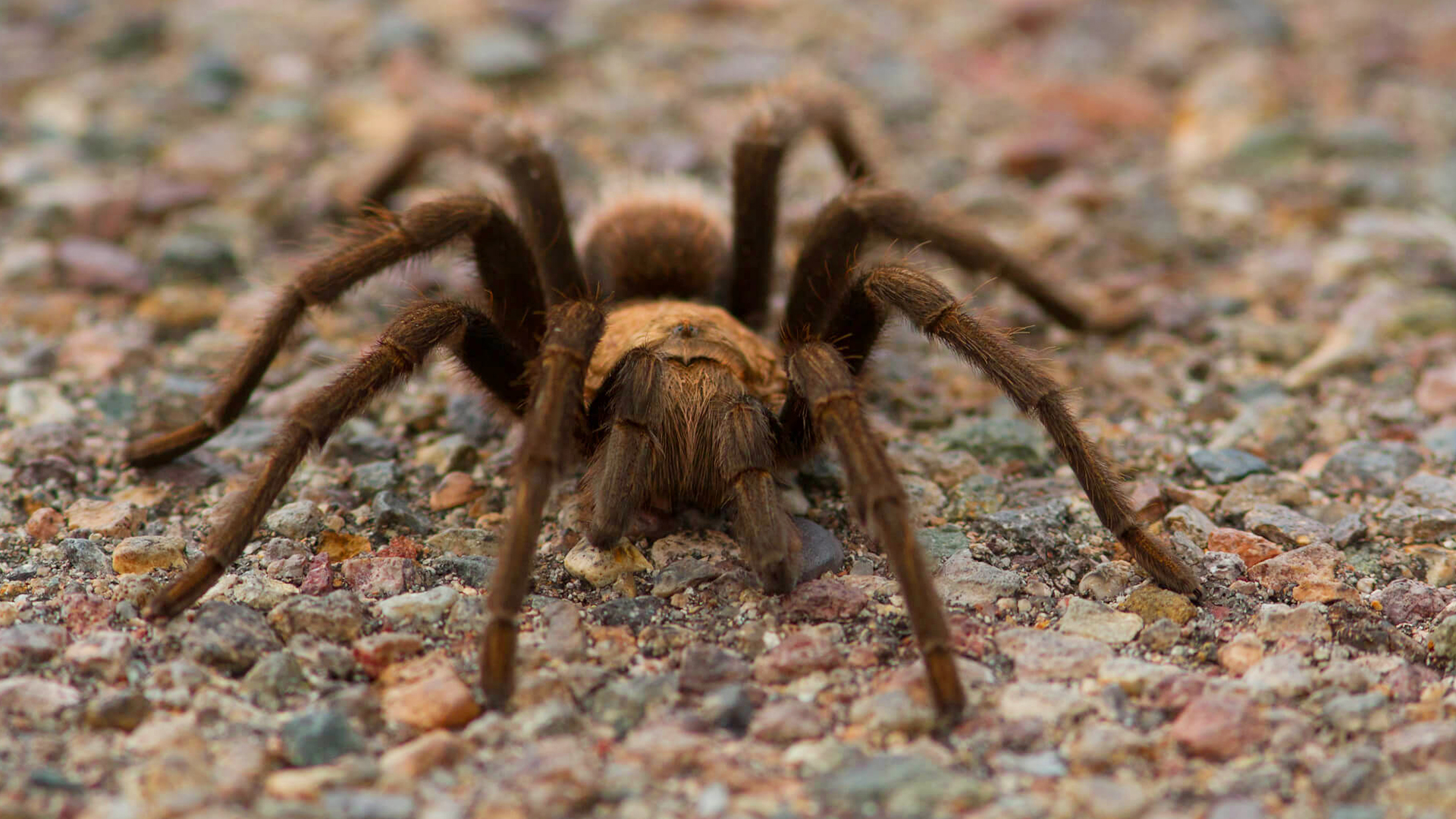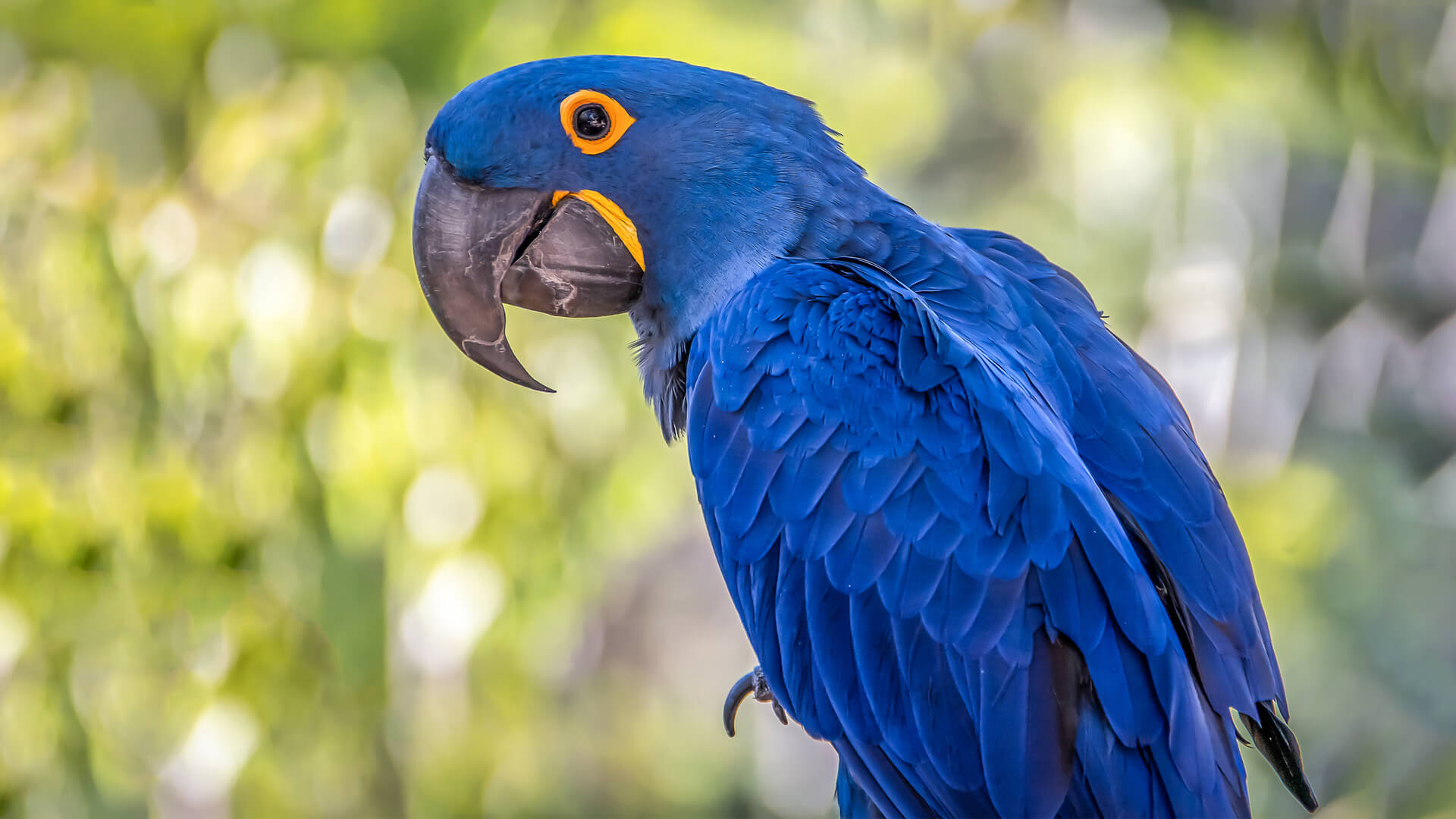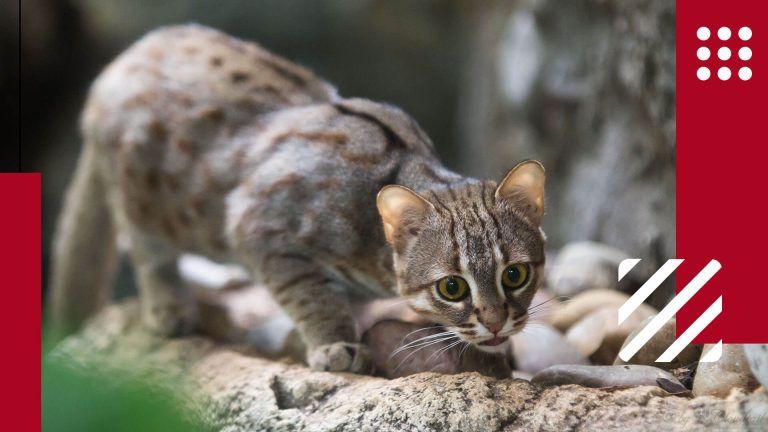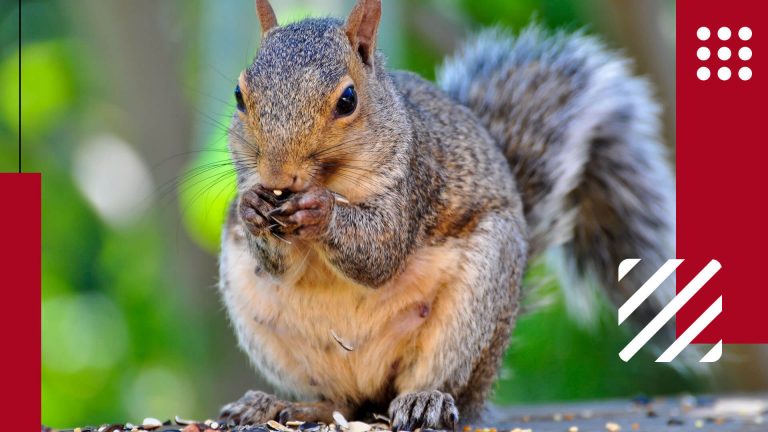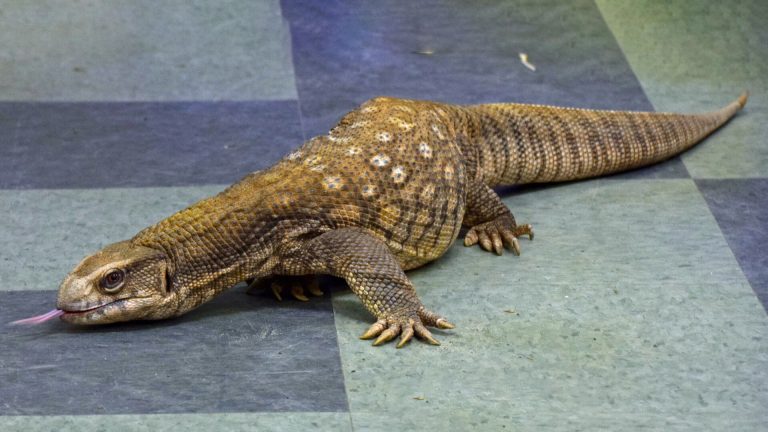The eastern Box Turtle, also known as the common Box Turtle, is a popular pet due to its gentle temperament and its natural habitat spanning the United States and Mexico. Belonging to the Terrapene genus, this turtle shares many similarities with tortoises.
One of the most notable characteristics of the Box Turtle is its remarkable ability to retract its head and limbs completely inside its shell, which gives it its name. This unique adaptation allows the turtle to protect itself from potential predators by seeking refuge within its shell and even using its strong beak if necessary. The high-domed shape of the shell not only acts as a protective barrier but also makes it challenging for many predators to consume the turtle or break open its shell. As terrestrial creatures, Box Turtles primarily dwell on land. They can retract their head and limbs into their shell by utilizing the hinged bottom, securely closing the shell for added defense.
However, despite these defensive mechanisms, Box Turtles are still susceptible to surprise attacks from predators, such as mammals like skunks, minks, raccoons, dogs, and rodents. Birds such as crows and ravens, as well as snakes, can also pose a threat to their well-being.
Distinctive Features of Box Turtle
| Scientific name | Varies depending on species (e.g. Terrapene carolina, Cuora flavomarginata) |
| Lifespan | Up to 40 years (up to 100 years in some cases) |
| Color | Varies, but may include brown, black, olive green, yellow, orange, red, or tan |
| Size | Up to 7 inches |
| Weight | Up to 2 pounds |
| Unique trait | Ability to completely enclose head and legs in shell |
| Temperament | Generally docile, but can be timid or defensive if frightened or threatened |
| Maintenance | High |
| Adaptability | Varies depending on species, but some are more adaptable to different environments than others |
| Behavior | Generally docile and safe to handle, but supervision is always recommended |
| Personality | Generally active during the day and inactive at night |
| Social | Varies depending on species, but some are more social than others |
The physical characteristics of the Box Turtle include a rounded and high upper shell, also known as the carapace. The bottom shell, or plastron, is flattened and dark brown in color. A transverse hinge connects the two parts of the shell, and there is a ligamentous link between the plastron and carapace. The shell itself exhibits brown patterns with yellow or orange accents. Box Turtles have small heads with hooked upper jaws, and their hind feet have four toes that are slightly webbed. Interestingly, Box Turtles have the ability to regenerate their shells.
Male Box Turtles are typically larger than females and have short, thick tails. Males also possess short, thick curved rear claws, while females have long, straight, and thin hind claws. Males have bright red eyes, while females typically have brown eyes. An adult Box Turtle can grow to a diameter of 5-7 inches, with females generally being slightly smaller. With proper care, Box Turtles can reach their adult size within 4-6 years, although those not allowed to hibernate may grow faster.
Box Turtles have an impressive lifespan, typically reaching up to 40 years. In some exceptional cases, these turtles have been known to live up to 120 years.
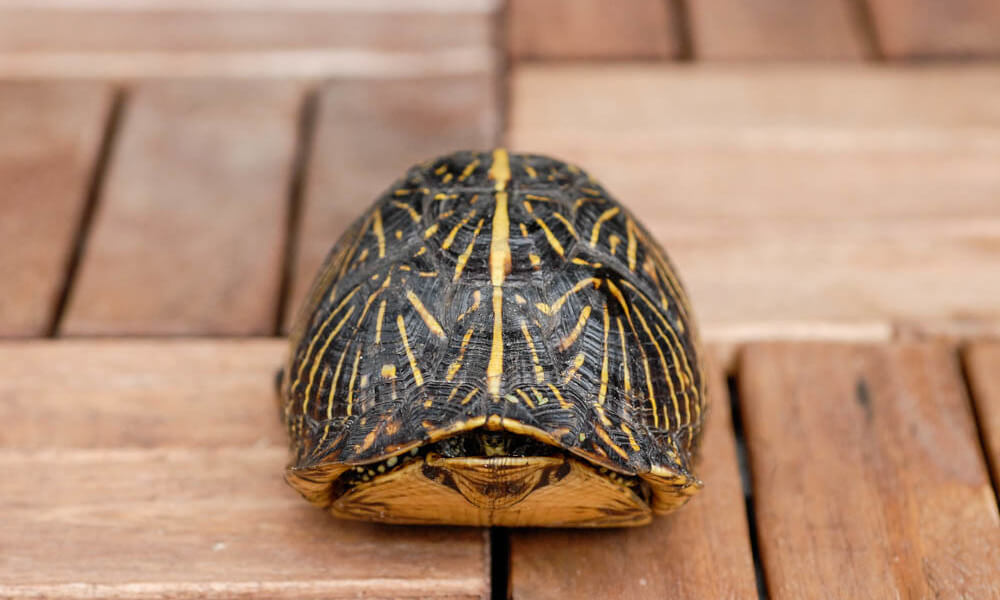
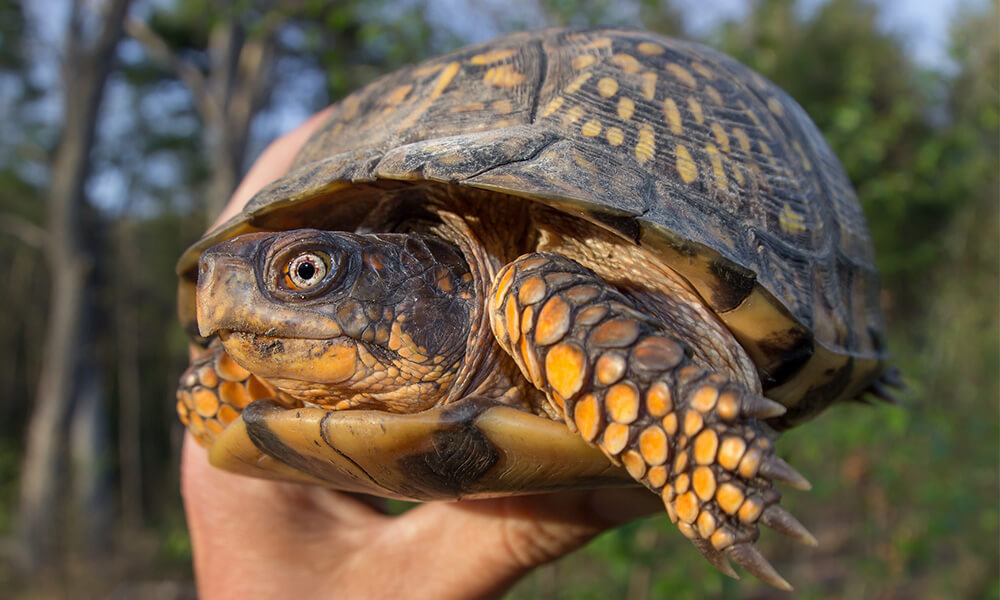
How to Take Care of Pet Box Turtle?
Pet Box Turtles require a great amount of responsibility to provide them with adequate care. They are not ideal pets for children because they need a lot of attention and care to maintain their health.
How to Setup Habitat For Pet Box Turtle?
Box Turtles require an outdoor enclosure that provides regular exposure to light and a diverse diet. Without these elements, their growth may be stunted and their immune system compromised. The outdoor pen should mimic the natural environment, maintaining a temperature above 50 degrees F. The walls of the pen should be at least 18 inches high with an overhang to prevent the turtle from escaping. The pen should include both sunny and shaded areas, hiding spots, and a shallow water dish while ensuring that predators cannot access the turtle.
If the climate does not allow for outdoor keeping, it is recommended to house the turtle indoors for part of the year, as they do not thrive well solely indoors. A terrarium of at least 40 gallons is suitable for indoor housing. Setting up an indoor space requires additional effort, including UV lighting, a heat source, hiding spots, and a shallow water dish.
Prior to hibernation, it is crucial to ensure that the Box Turtle is in good health. Sick turtles may not survive the hibernation period due to the slowed down bodily functions and inability to fight off illnesses during deep sleep.
Temperature plays a vital role in Box Turtle care. Daytime temperatures should range from 70-80 degrees F, with the basking area reaching around 85-90 degrees F. Nighttime temperatures can be between 65-75 degrees F. To provide appropriate warmth, a basking lamp and heat emitters can be used.
Proper illumination is necessary for Box Turtles, either through UVB lighting or natural sunlight, for at least 12 hours a day. This lighting aids in calcium metabolism, preventing calcium deficiencies and potential bone diseases that can be fatal. In the indoor enclosure, the lamp should be switched off at night.
Maintaining adequate humidity is essential for Box Turtles, and a level of approximately 60% is recommended. Regular misting of the enclosure will help achieve this.
Choosing an appropriate substrate for the enclosure is crucial, as it mimics the natural environment and supports the turtle's burrowing behavior. Substrate options include topsoil, leaves, and moss, with a recommended depth of 4 inches.
What to Feed Pet Box Turtle?
Box Turtles have an omnivorous diet that includes a variety of food sources. They primarily consume invertebrates such as insects, earthworms, wax worms, moths, slugs, beetles, snails, and millipedes. Additionally, vegetation plays a significant role in their diet, with fruits like apples and berries being included. Young Box Turtles are mostly carnivorous for the first 5-6 years, while adult turtles become predominantly herbivorous.
In a captive setting, young turtles should be fed daily, while adult turtles can be fed on alternate days. Vegetables can be served cooked or raw, with raw vegetables being more nutritious. Tofu and hard-boiled eggs can also be offered as part of their diet.
Including good quality, low-fat dog food can be beneficial for Box Turtles. A combination of 50% mixed fresh vegetables and fruits, along with 50% low-fat protein, provides a balanced diet. Supplementing their diet with a weekly dose of phosphorus-dusted ground cuttlebone helps meet their nutritional needs.
To prevent the ingestion of substrate from the enclosure, it is recommended to serve all food on a plate or brick paver. Fresh food and clean water should be provided daily. While there are commercially available diets for Box Turtles, it is important to supplement them with fresh foods to ensure a varied and nutritious diet.
What People Are Reading:
What are the Health Concerns of Pet Box Turtles?
Incorrect care can lead to various health problems in pet Box Turtles. To ensure their well-being, it is crucial to provide them with clean water, proper heating, and access to fresh air. Some common health issues that can arise in pet Box Turtles include:
- Metabolic bone disease: This condition occurs due to inadequate exposure to UVB light, leading to a deficiency of vitamin D and calcium. It can result in deformities of the limbs and shell, which can be fatal if left untreated.
- Respiratory infections: Insufficient humidity levels can contribute to respiratory infections in Box Turtles. Symptoms may include wheezing, mucus around the mouth and nose, lethargy, and loss of appetite.
- Parasitic infections: Pet Box Turtles may acquire parasitic infections, which are more commonly seen in wild turtles. A veterinarian can diagnose and treat these infections effectively.
- Shell rot: This painful condition is caused by bacterial or fungal infections that affect the turtle's shell. Signs of shell rot may include visible cracks or dryness in the shell, accompanied by a foul odor.
Additionally, Box Turtles can experience other medical conditions such as pneumonia, swollen eyes, ear abscesses, parasitic infestations, skin problems, retained eggs, and trauma from incidents like vehicle accidents or predator encounters. It is essential to monitor their health closely and seek veterinary care when necessary to address these issues promptly.
What it's Like to Keep Box Turtle as a Pet?
If you're considering keeping a Box Turtle as a pet, there are several factors to keep in mind. Here are some important points to consider:
- Handling: Box Turtles can be initially shy or defensive when introduced to a new environment or handler. It's crucial to approach them gently and allow them time to adjust to their surroundings. Once they become more comfortable, they can be handled with care and under supervision.
- Socialization: Box Turtles are generally solitary creatures and may not require or desire frequent social interaction. However, certain species may be more social than others, and providing opportunities for them to interact with their own kind can be beneficial.
- Interacting with children: Box Turtles can be suitable pets for families with children, but it's important to ensure proper supervision. Children should be taught to handle the turtle gently and with respect. They should not chase or tease the turtle, and it's essential to emphasize the importance of washing hands after handling the turtle to prevent the spread of any potential diseases.
By considering these factors and providing appropriate care, Box Turtles can make fascinating and rewarding pets for responsible owners.
Frequently Asked Questions Related to Pet Box Turtle
Since pet turtles have become more popular in recent years, a lot of people have started to ask a lot of questions. We have answered some below:
Can you keep a Box Turtle as a pet?
Yes, Box Turtles can be kept as pets. However, it's important to ensure that you can provide the proper care, habitat, and environment that they require to thrive. It's recommended to research and understand their specific needs before deciding to keep a Box Turtle as a pet.
Do Box Turtles make good pets for children?
Box Turtles can be suitable pets for families with children, but it's important to consider a few factors. Box turtles require gentle handling and proper care, so children should be supervised and taught how to handle them with respect. Additionally, teaching children about the importance of handwashing after handling the turtle is crucial. Overall, with proper guidance and supervision, box turtles can be enjoyable pets for children.
How much maintenance do Box Turtles require?
Box Turtles require regular maintenance to ensure their health and well-being. This includes providing a suitable habitat with proper lighting, temperature, and humidity levels. They need a varied diet of both animal and plant matter. Regular cleaning of their enclosure, including removing waste and providing fresh water, is necessary. Additionally, periodic veterinary check-ups are recommended to monitor their overall health.
Are Box Turtles easy to care for?
Box Turtles are not considered low-maintenance pets. They have specific requirements for their habitat, temperature, diet, and overall care. Providing a proper environment that mimics their natural habitat can be challenging. Additionally, they have a long lifespan, often living for several decades, so commitment to their care is required. While they can make rewarding pets, potential owners should be prepared to invest time, effort, and resources into their proper care.

